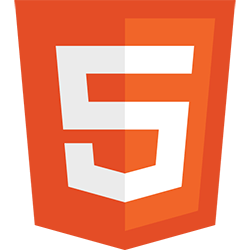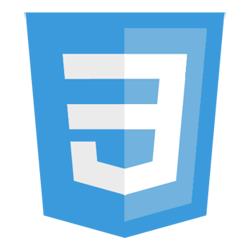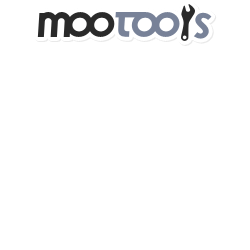One of the HTML elements that frequently comes into collision with CSS is the img element. As we learned in Request Metrics’ Fixing Cumulative Layout Shift Problems on DavidWalshBlog article, providing image dimensions within the image tag will help to improve your website’s score. But in a world where responsive design is king, we need CSS and HTML to work together.
Most responsive design style adjustments are done via max-width values, but when you provide a height value to your image, you can get a distorted image. The goal should always be a display images in relative dimensions. So how do we ensure the height attribute doesn’t conflict with max-width values?
The answer is as easy as height: auto!
/* assuming any media query */
img {
/* Ensure the image doesn't go offscreen */
max-width: 500px;
/* Ensure the image height is responsive regardless of HTML attribute */
height: auto;
}
The dance to please users and search engines is always a fun balance. CSS and HTML were never meant to conflict but in some cases they do. Use this code to optimize for both users and search engines!

Vibration API
Many of the new APIs provided to us by browser vendors are more targeted toward the mobile user than the desktop user. One of those simple APIs the Vibration API. The Vibration API allows developers to direct the device, using JavaScript, to vibrate in…

Serving Fonts from CDN
For maximum performance, we all know we must put our assets on CDN (another domain). Along with those assets are custom web fonts. Unfortunately custom web fonts via CDN (or any cross-domain font request) don’t work in Firefox or Internet Explorer (correctly so, by spec) though…

Using MooTools For Opacity
Although it’s possible to achieve opacity using CSS, the hacks involved aren’t pretty. If you’re using the MooTools JavaScript library, opacity is as easy as using an element’s “set” method. The following MooTools snippet takes every image with the “opacity” class and sets…

Create Custom Events in MooTools 1.2
Javascript has a number of native events like “mouseover,” “mouseout”, “click”, and so on. What if you want to create your own events though? Creating events using MooTools is as easy as it gets. The MooTools JavaScript What’s great about creating custom events in MooTools is…
Source link
